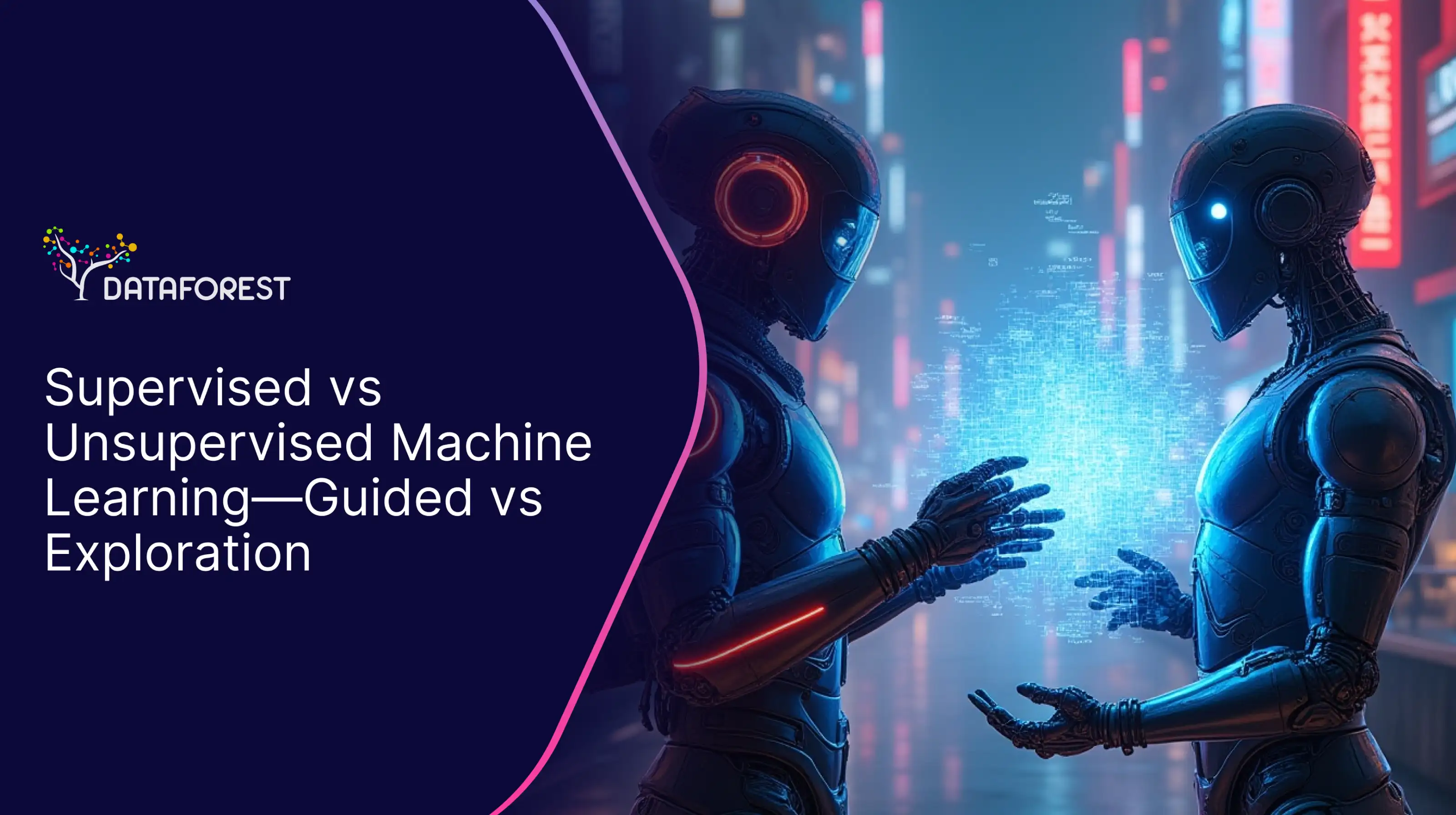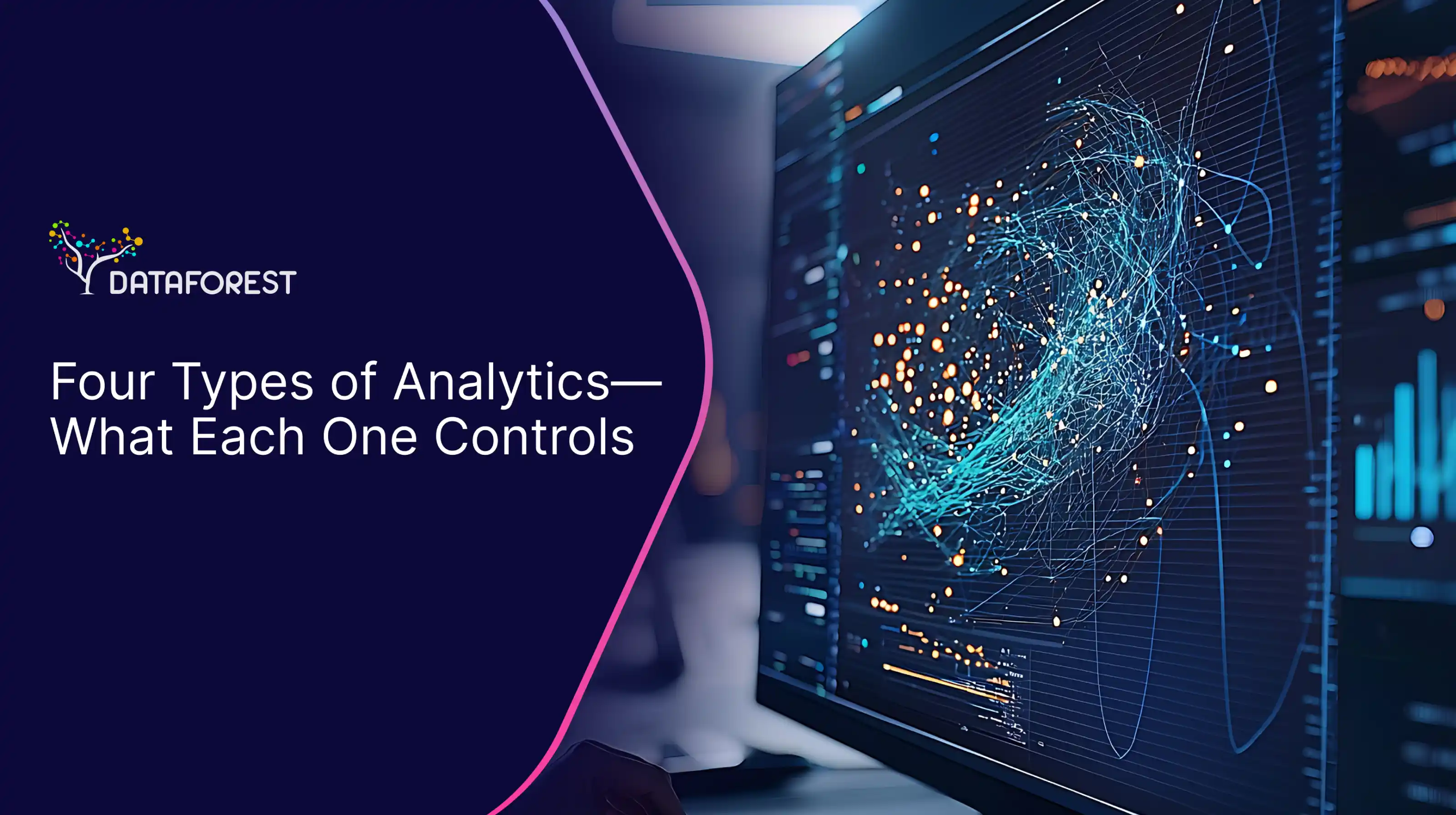A burger joint decided to play the data game with a humorous flavor. They implemented a recommendation algorithm to analyze customer preferences, predicting topping combinations that would tickle taste buds. The algorithm considered everything — from weather patterns to lunar phases — because, you know, a full moon might mean extra cheese cravings. So, accurate burger suggestions amused customers and significantly boosted sales. Who knew data science could turn a fast-food joint into a culinary wizard? If you think this is your case, then arrange a call.
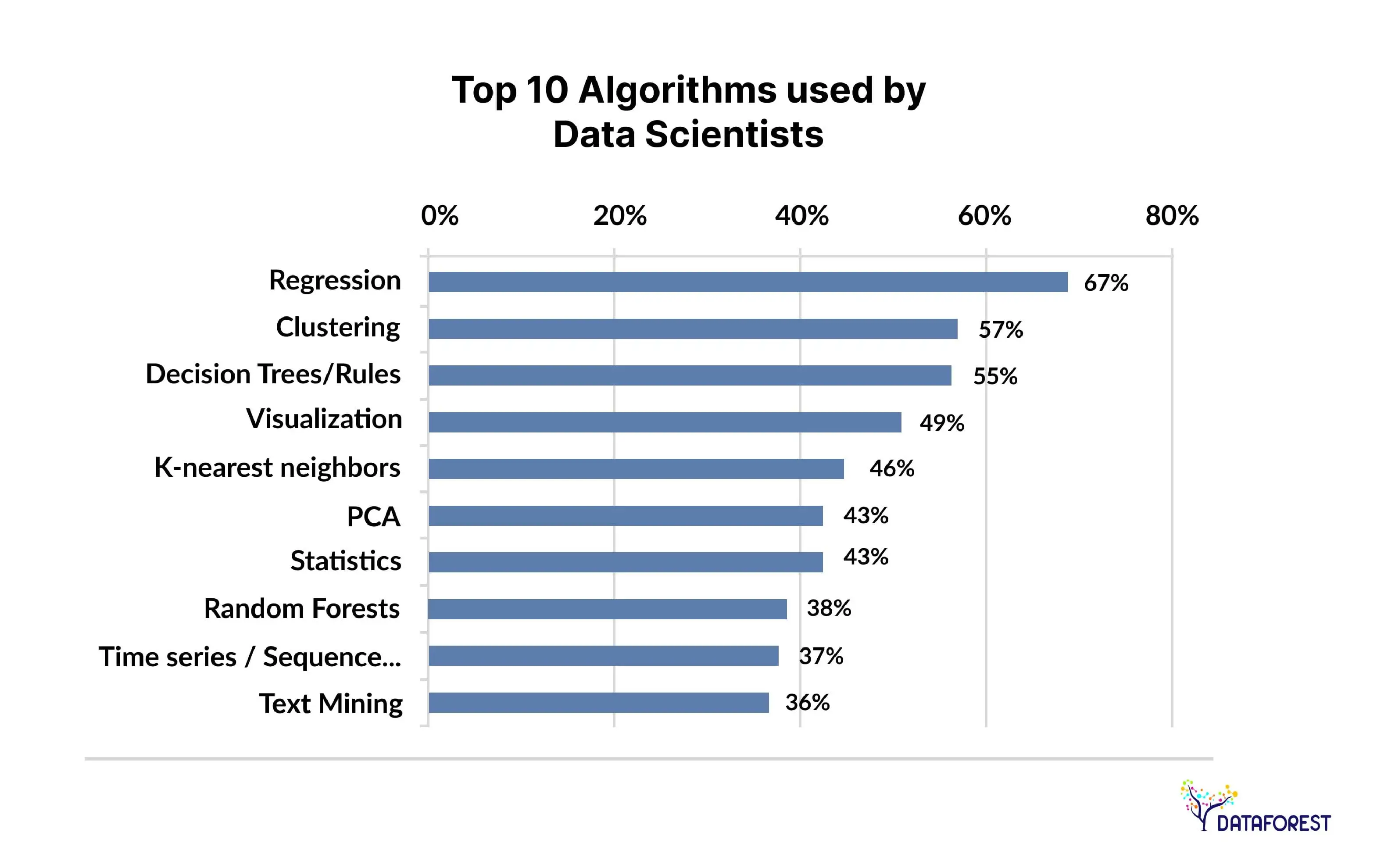
Data Science Algorithms Through Everyday Analogies
Data science algorithms are like recipes in a cookbook: linear regression is your trusted measuring cup, decision trees act like your step-by-step instructions, and random forests are the versatile spice blends. By comparing these algorithms to familiar kitchen scenarios, beginners can grasp the essence of data science methods as quickly as following a cooking recipe. For the same purpose, you can book a call to us.
The Role of Data Science Algorithms in Driving Decisions
Data science algorithms are step-by-step instructions that sift through mountains of data to find patterns, make predictions, and help in decision-making. Imagine them as the brains of the operation, crunching numbers and turning raw data into meaningful insights.
In the grand scheme of data analysis, algorithms act like detectives on a mission. They examine the evidence, uncover hidden relationships, and present a story that might be hiding within the info. Data science algorithms are about making informed choices based on data patterns. Businesses rely on these algorithmic insights to steer their ships in the right direction.
Transforming Data into Insights
Data science algorithms are the heroes in the data transformation saga, turning raw data into actionable insights. Imagine raw data as a chaotic puzzle — algorithms are the puzzle masters that organize the pieces, revealing the bigger picture. They systematically analyze patterns, trends, and relationships within the data, extracting valuable information that would otherwise remain hidden. Algorithms are the architects of understanding, providing businesses with the clarity and direction needed to make informed decisions, navigate challenges, and stay ahead in the fast-paced world of data-driven strategies with data science algorithms.
How Data Science Algorithms Came to Be
Forming types of data science algorithms is an evolution of problem-solving tools. Originating with pioneers devising linear regression for trend predictions, subsequent innovations (decision trees, k-means clustering, and support vector machines) emerged as solutions to address evolving challenges in handling and interpreting data. Each algorithm, like a unique chapter in a digital saga, was crafted through a blend of mathematical ingenuity, trial and error, and a constant quest for transforming raw data into insights.
Supervised Learning Data Science Algorithms
Supervised learning algorithms are the mentors of the data world. They thrive on labeled data, learning from examples to make predictions or classifications. Think of them as the diligent students in a classroom, guided by a teacher (the labeled data) to excel in tasks.
Unsupervised Learning Data Science Algorithms
Unsupervised learning data science algorithms are the explorers, delving into the unknown territories of unlabeled data. They seek patterns and relationships without explicit guidance, like discovering hidden gems in an uncharted landscape. Clustering algorithms, such as k-means, are their go-to tools for organizing and making sense of the data wilderness.
Semi-supervised and Reinforcement Learning Algorithms
Semi-supervised and reinforcement learning data science algorithms operate in a realm of both guidance and exploration. Semi-supervised learning blends labeled and unlabeled data, finding a middle ground where insights are uncovered with partial assistance. On the other hand, reinforcement learning is the adventurer, learning through trial and error, much like a gamer navigating through a virtual world.
Statistical Data Science Algorithms
Statistical data science algorithms are the mathematicians in the data realm using statistical techniques to draw inferences, analyze patterns, and make predictions. They're like the statisticians analyzing game statistics to predict the outcome of the next match – leveraging probability and mathematical models for a deeper understanding according to data science algorithms.
Data Mining Algorithms
Data mining algorithms are the treasure hunters, sifting through vast datasets to uncover valuable information. They extract patterns, associations, and outliers, much like mining for gold in a rich deposit. These algorithms are essential for businesses looking to extract actionable insights and drive informed decision-making.
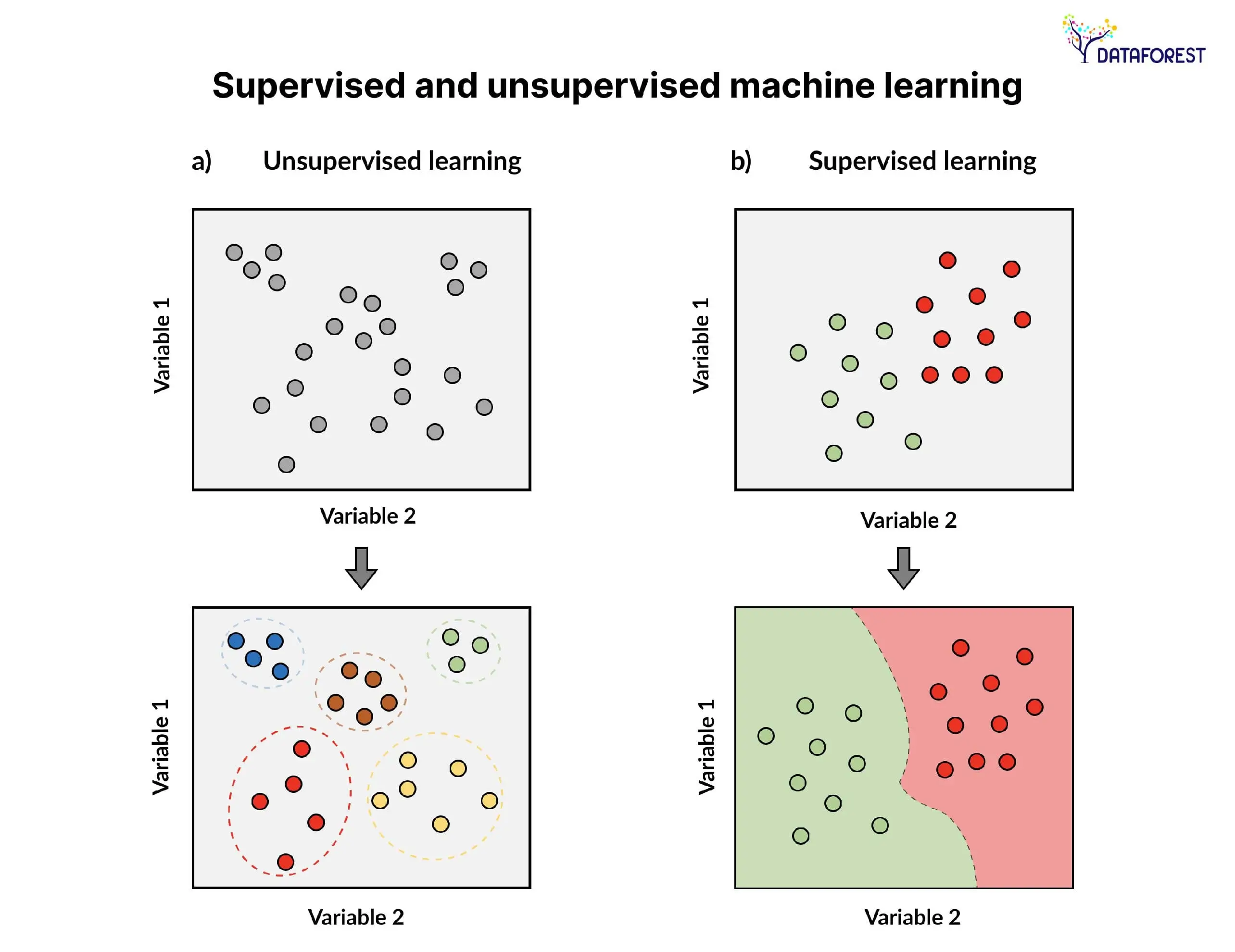
Common Data Science Algorithms Emerged from Innovation
Typical data science algorithms were formed through a dynamic interplay of necessity, innovation, and real-world problem-solving. Each of the data science algorithms is designed to tackle specific challenges.
- Researchers delved into mathematics, statistics, and computer science to develop the building blocks that would later form the basis of data science algorithms.
- Algorithms like decision trees were crafted to address complex decision-making scenarios, drawing inspiration from human thought processes.
- Innovations like k-means clustering were born from the need to organize and make sense of diverse datasets, identifying natural groupings within the chaos.
- Random forests aggregated decision trees to enhance predictive accuracy, showcasing the power of collaboration in algorithmic design.
- Supervised data science learning algorithms brought a new dimension to predictive analytics. Unsupervised learning algorithms ventured into unlabeled data, exploring patterns autonomously.
- Data science algorithms adapted to real-world applications, with statistical algorithms entering the scene to draw inferences, mirroring how statisticians analyze data.
- The introduction of data mining algorithms marked a phase where algorithms became akin to detectives, mining for hidden insights within large datasets.
The standard data science algorithms we know today were shaped by a continuous problem-solving process, theoretical exploration, and practical adaptation.
Widely Used Data Science Algorithms Across Categories
This table provides a quick overview of the categories, common algorithms, use cases, applications, and critical features for each widely used data science algorithm type.
How Data Science Algorithms Transform Data
Data science algorithms function by learning from data examples, adjusting themselves through iterative refinement, handling the unknown through generalization, and fine-tuning their internal and external settings for optimal performance.
Input and Output
- Input: Algorithms are chefs in a kitchen, and the data they work with is their ingredients. They take in data in various forms: numbers, text, images, you name it.
- Output: Data science algorithms process the data and produce an output, which could be predictions, classifications, clusters, or some other valuable insights.
Learning from Examples
- Supervised Learning: Algorithms are trained on a dataset with input-output pairs, and through this guidance, they make predictions or classifications on new, unseen data.
- Unsupervised Learning: Data science algorithms explore unlabeled data, searching for patterns or structures without predefined outputs. Clustering algorithms, for example, group similar data points without explicit guidance.
Iterative Refinement
- Learning Process: Data science algorithms are learners constantly refining their understanding. During training, they make predictions, compare them to the actual outcomes, and adjust internal parameters to minimize the difference – it's like tuning a guitar.
- Feedback Loop: The more data the algorithm processes, the better it gets at making accurate predictions or uncovering hidden patterns.
Feature Engineering and Dimensionality Reduction
- Feature Engineering: Data science algorithms are detectives, and the features in the data are their clues. Feature engineering involves selecting, transforming, or creating new features to enhance the algorithm's ability to find meaningful patterns.
- Dimensionality Reduction: Sometimes, the data is too complex, like a cluttered room. Algorithms use dimensionality reduction techniques to simplify the data without losing essential information, making the room tidier for better analysis.
Handling the Unseen
- After learning from examples, data science algorithms generalize their knowledge to handle new, unseen data. It's like teaching kids to recognize different animals: once they know what a cat looks like, they can identify new cats they've never seen.
Parameters and Hyperparameters
- Parameters: Data science algorithms have internal settings or parameters, like the volume control on a stereo. During training, these parameters get adjusted to optimize performance.
- Hyperparameters: Hyperparameters are like the stereo's equalizer settings — they're external configurations that control the overall behavior of the algorithm. Choosing the correct hyperparameters is crucial for fine-tuning performance.
Selecting the Perfect Data Science Algorithms
Selecting the proper data science algorithms is like choosing the perfect tool for a DIY project – it's the key to unlocking the full potential of your data science task. In this matrix, we'll navigate the maze of considerations that guide the decision-making process, ensuring that your chosen algorithm aligns seamlessly with the unique demands of your data.
Guiding to Choose the Right Data Science Algorithms
As data scientists, our role extends beyond crunching numbers — it's about understanding the unique contours of each task and strategically selecting the algorithm that aligns seamlessly with the data's nature and the problem at hand. By emphasizing considerations like dataset characteristics, problem types, and algorithmic performance metrics, DATAFOREST empowers clients to make informed decisions. Navigating this algorithmic landscape is a nuanced art that involves interpreting the needs of the data and sculpting tailored solutions. Please complete the form; we will investigate your problem and resolve it.
FAQ
Are data science algorithms only used in machine learning?
While data science algorithms are extensively utilized in machine learning, their applications extend beyond this domain. These algorithms also play crucial roles in statistical analysis, data mining, and various analytical processes, showcasing their versatility in extracting valuable insights from diverse data sets.
Do I need to be a programmer to work with data science algorithms?
While programming skills can significantly enhance your ability to work with data science algorithms, some user-friendly tools and platforms allow individuals with minimal programming experience to engage in data analysis and algorithm implementation. However, a foundational understanding of data science concepts and methodologies is essential to leverage these tools effectively.
Can data science algorithms work with both structured and unstructured data?
Data science algorithms are versatile and can handle structured data, like databases and spreadsheets, and unstructured data, such as text and images. Their adaptability allows for meaningful analysis and insight extraction from various data formats.
What is the role of data ethics in data science algorithms?
Data ethics in data science algorithms is paramount to ensure fair, transparent, and responsible use of data to prevent bias, discrimination, and misuse. Establishing ethical guidelines helps safeguard privacy, uphold societal values, and promote the responsible development and deployment of algorithms in various applications.
What is the crucial concept that encapsulates data science algorithms' versatility, creativity, and adaptability?
In data science algorithms, logistic regression operates at the foundational layer, while neural networks delve into complex, multi-layered structures to uncover intricate patterns and relationships within the data.


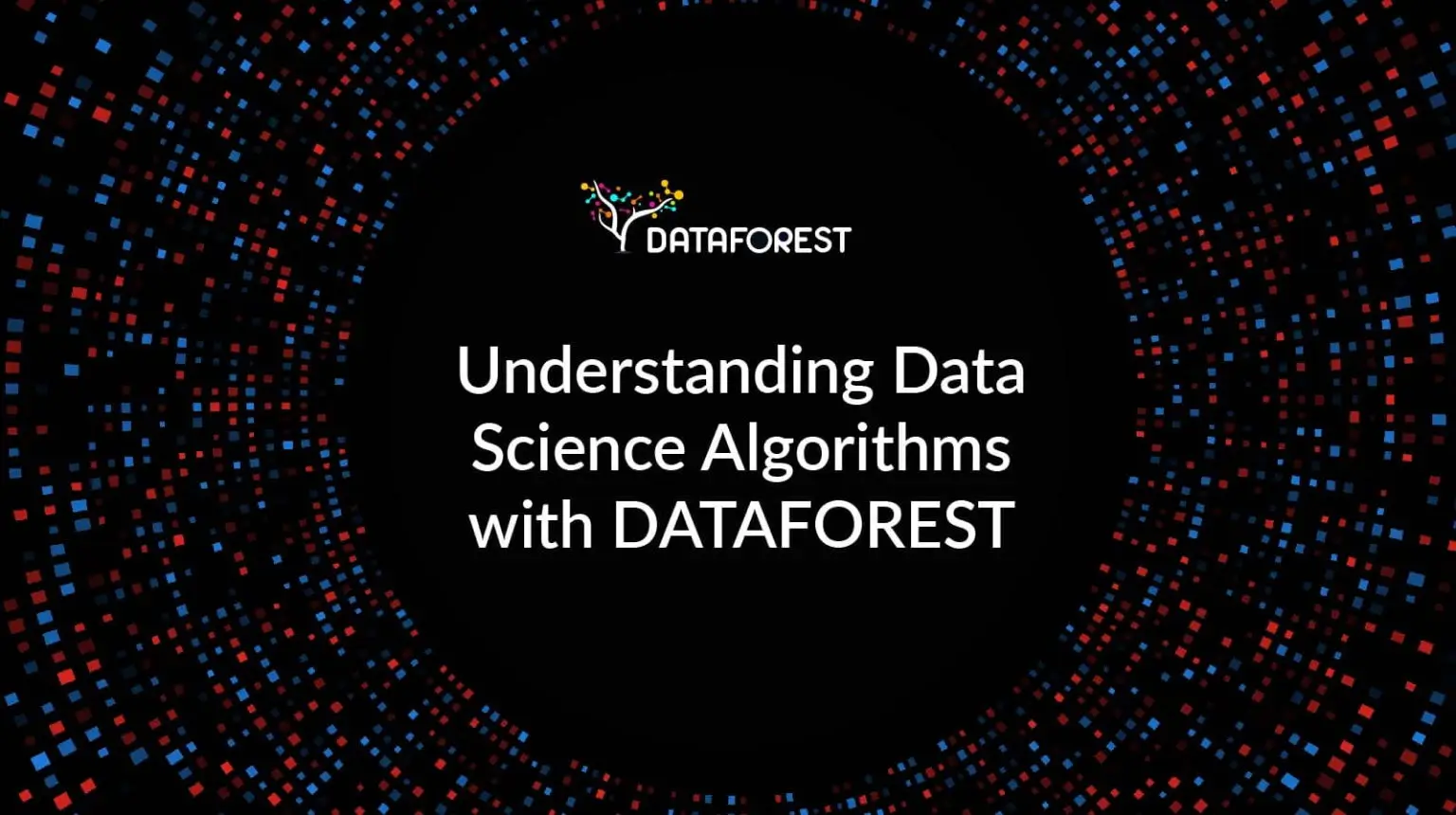






%20(1).webp)

